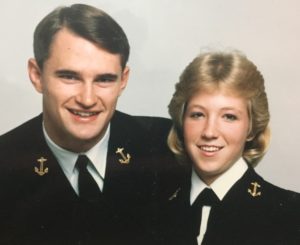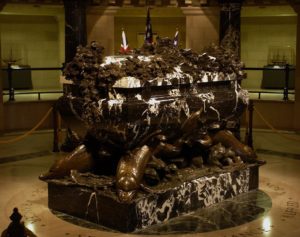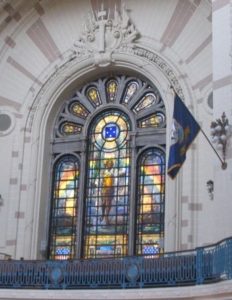Part 1
As usual, I was playing basketball one Sunday afternoon with some full grown men and a bunch of teenagers. Some of the youngsters had just graduated from East Wake High School, where my sons went to school, and some were about to graduate.
Between games we got to talking about running and the little devil that’s always sitting on our shoulders whispered in my ear.
I listened.
And then I offered a $20 wager on a race: me against two of them. Since I was older than both of them put together they’d have to run farther, of course, to even out the odds and make things fair.
I proposed to run three quarters of a mile while they ran a mile, taking turns after each quarter of a mile, so they’d be rested, the devil in me said. One of them would run the first quarter of a mile, the other one would run the second quarter, and they switch again on the third and fourth quarters.
They accepted the challenge, and the wager.
I had run track in high school, a quarter mile on the mile relay team, the 880-yard dash — half a mile — and, sometimes, the mile, and I was pretty good. I finished fourth in the state in the 880 when I was a junior in high school and fifth my senior year after a near season-ending injury.
I wasn’t in that kind of shape any more, of course, but I didn’t need to be. This wager was not about running, it was about math.
I thought I could come out — that is, run the first quarter — in 75 seconds, run the second quarter in 80 seconds, and the third in 85, for a total of 4 minutes. And if I couldn’t run three quarters of a mile in four minutes, that would be OK too. Because I was pretty sure I had a lot of margin for error.
Is that fast, running three quarters of a mile in four minutes? Oh, no. Ask any high school middle distance runner.
If I ran three quarters in four minutes the two teenagers would have to average 59.9 seconds per lap to win. I doubted either of them could break 70, especially on their second lap, and especially the big boy, who looked like he could play tackle on a football team.
I won, easily.
Part 2
Those boys obviously did not know my father.
My father had a bunch of rules that he tried to drill into my head. One of the most valuable, certainly a rule that has saved me a lot of money, is this one: “Never bet another man’s game.”
They had not learned that rule.
I sensed there was more money to be made so the next time we played ball I said to the faster of the two boys, words to this effect:
“Your partner just wasn’t good enough. Way too slow. You need to fire him, get somebody else and we’ll do it again. Maybe you could get your money back. And this time we’ll do it differently. How about you and your partner running a half a mile each, in a relay, while I run three quarters of a mile. How does that sound?”
It sounded good to him.
So we went over to the track at N.C. State and raced again. The math hadn’t changed all that much.
I won again, easily.
Postscript:
Did I feel bad about taking advantage of those high school boys?
No. I felt like their teacher.
Coming Monday: The Nudie



